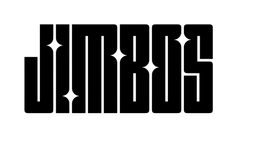Polish vs Compound for Soft Paint: What You Actually Need
Polishing soft paint is one of the trickiest detailing tasks. Go too aggressive, and you leave buffer trails or haze. Play it too safe, and you leave swirls behind.
So do you need a full-blown compound? Or will a polish get the job done? In this post (and the video below), I’ll break down how to approach soft paint, what products to avoid, and how Picture Perfect Polish was built to handle exactly this kind of job.
The Problem with Compounding Soft Paint
Soft paints—common on many Japanese and some American vehicles—don’t respond well to heavy compounds or aggressive pads. It’s easy to:
- Overcut the surface and introduce haze
- Leave buffer trails from rotary polishers
- Remove too much clear in one pass
That’s why using the least aggressive method first is critical. And why one-step polishes with well-balanced abrasives often outperform heavy compounds on soft paint.
What Makes a Polish Safer for Soft Paint?
- Diminishing abrasives that soften as you work
- Pad-dependent cut to fine-tune aggression
- Balanced oils that reduce heat and smearing
These are all things we built into Picture Perfect Polish—which is exactly why it performs so well on delicate paint systems.
Safe, Effective Correction for Soft Paint
- Diminishing abrasives for smooth finishes
- No dust, long working time, easy wipe-off
- Pad-tunable formula for soft, medium, or hard paint
Perfect for finicky finishes where traditional compounds fall short.
Tips for Best Results
- Start with a polishing pad (like a medium foam or light cutting pad)
- Use slower machine speeds and less pressure
- Keep your passes short and monitor finish clarity after each set
If you’re unsure, do a test spot with Picture Perfect Polish and adjust pad or pressure as needed. You may be surprised how much cut you get—without the harsh side effects of a compound.



